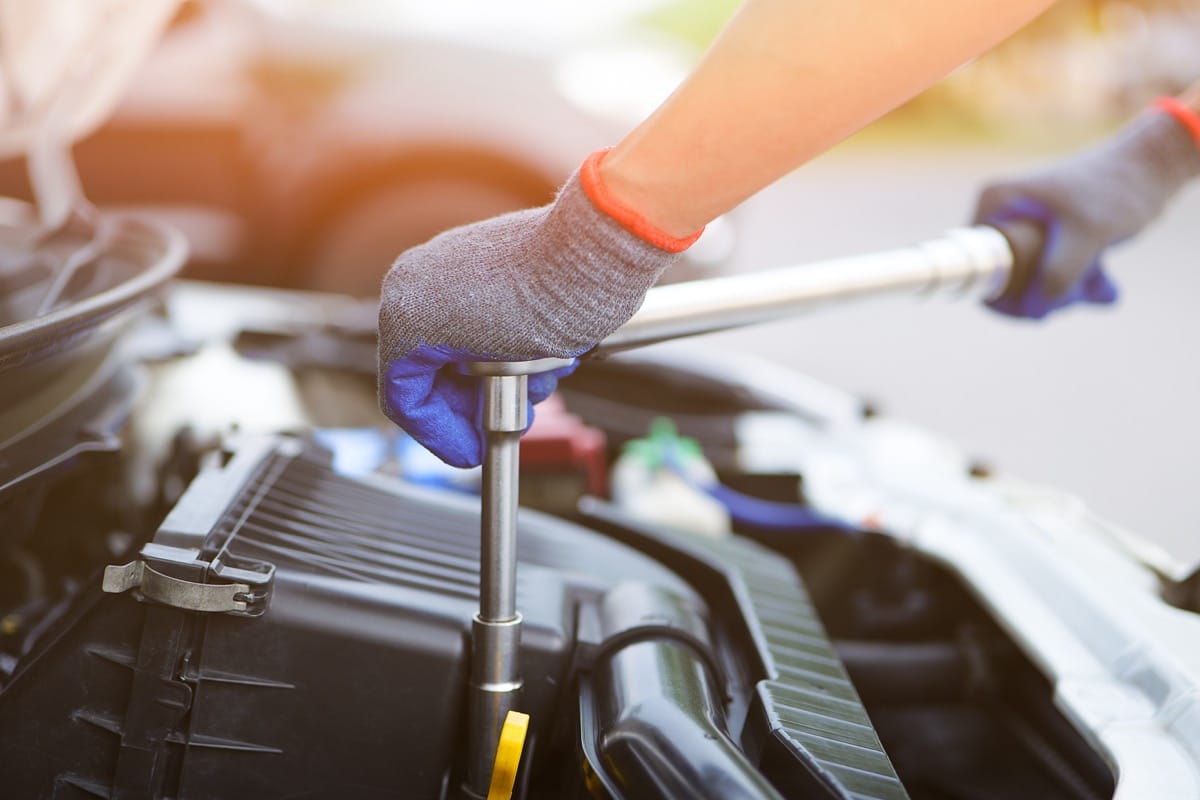In construction, maintenance, and various industrial settings, the ability to work efficiently and safely at height is crucial. Scissor lifts are a vital piece of equipment designed to elevate workers, tools, and materials to the required height with stability and ease. Whether for indoor or outdoor use, scissor lifts are indispensable in many industries, offering a practical solution for tasks that require working at elevated levels.
Key Features of a Scissor Lift
Scissor lifts are engineered with a variety of features that enhance their functionality, safety, and versatility. Below, we delve into the most important features that make scissor lifts a valuable tool in various work environments:
1. Vertical Lifting Mechanism
The defining characteristic of a scissor lift is its vertical lifting mechanism. The lift uses a crisscrossing, scissor-like design that extends to raise the platform vertically. This mechanism provides stable and secure elevation, ensuring that workers and materials are supported safely at any height. The simplicity and reliability of this design make scissor lifts a popular choice for many industries.
2. Large, Stable Platform
Scissor lifts come with a spacious, flat platform that can accommodate multiple workers, tools, and materials. The platform is surrounded by guardrails, ensuring that those on the lift are protected from falls. The size and stability of the platform allow workers to perform tasks such as installing fixtures, painting, or conducting repairs with ease and confidence.
3. Various Power Options
Scissor lifts are available in different power configurations, including electric, hydraulic, and diesel-powered models. Electric scissor lifts are ideal for indoor use, as they produce no emissions and operate quietly. Hydraulic and diesel-powered scissor lifts, on the other hand, are often used outdoors, providing the power needed to lift heavier loads and operate in rugged environments.
4. Extendable Working Heights
Scissor lifts are available in a range of sizes, with working heights that can extend from a few feet to over 50 feet. This range of options allows businesses to select a lift that meets the specific height requirements of their projects. Whether you need to reach high warehouse shelves, access overhead lighting, or work on a building façade, there’s a scissor lift that can handle the job.
5. Safety Features
Safety is a top priority in the design of scissor lifts. In addition to the guardrails on the platform, many scissor lifts are equipped with additional safety features such as emergency stop buttons, tilt sensors, and overload protection. These features ensure that the lift operates within safe parameters, protecting both workers and equipment.
6. Easy Maneuverability
Scissor lifts are designed to be easily maneuverable, even in tight spaces. Many models feature a compact design with a tight turning radius, allowing them to navigate through narrow aisles or doorways. Some scissor lifts are equipped with non-marking tires, making them suitable for indoor use on sensitive flooring.
7. Robust Construction for Durability
Scissor lifts are built to withstand the demands of rigorous industrial use. With heavy-duty frames and durable components, they offer long-term reliability even in challenging environments. The robust construction ensures that the lift can handle repeated use without compromising safety or performance.
Benefits of Using a Scissor Lift
The features of a scissor lift translate into numerous benefits for businesses and workers. Here are some of the key advantages of incorporating scissor lifts into your operations:
1. Improved Efficiency
Scissor lifts allow workers to quickly and safely reach the height needed for various tasks. The ability to elevate workers, tools, and materials in one go reduces the time spent setting up ladders or scaffolding, improving overall productivity on the job site.
2. Enhanced Safety
The safety features built into scissor lifts, such as guardrails, emergency stop buttons, and stability controls, significantly reduce the risk of accidents and injuries. This not only protects workers but also minimizes downtime caused by accidents, leading to smoother project timelines.
3. Versatility in Applications
Scissor lifts are versatile tools that can be used in a wide range of applications. From construction sites and warehouses to maintenance tasks and event setups, scissor lifts provide the elevation needed for a variety of jobs. Their adaptability makes them a valuable investment for businesses across multiple industries.
4. Cost-Effective Solution
While scissor lifts are an investment, they offer long-term cost savings by improving efficiency and reducing the need for additional equipment like scaffolding. The durability of scissor lifts ensures that they can be used repeatedly over many years, providing excellent value for money.
5. Ergonomic Benefits
By eliminating the need to climb ladders or scaffolding, scissor lifts help reduce physical strain on workers. The ergonomic design allows workers to perform tasks at the correct height, reducing the risk of musculoskeletal injuries caused by repetitive bending, reaching, or lifting.
Applications of Scissor Lifts in Various Industries
Scissor lifts are used in a variety of industries, offering a practical solution for tasks that require working at height. Here are some common scenarios where scissor lifts prove invaluable:
1. Construction and Building Maintenance
Scissor lifts are widely used in construction for tasks such as installing windows, working on façades, or performing roof repairs. Their ability to provide a stable and elevated platform makes them ideal for tasks that require precision and safety.
2. Warehousing and Inventory Management
In warehouses, scissor lifts are often used to access high shelves, perform inventory checks, or conduct maintenance on overhead fixtures. Their maneuverability and ease of use make them an efficient tool for managing large volumes of stock in vertical storage systems.
3. Event Setup and Management
For setting up stages, lighting, or decorations at events, scissor lifts provide a safe and efficient way to work at height. Event planners and production crews use scissor lifts to quickly and easily install or adjust equipment, ensuring a smooth setup process.
4. Retail and Commercial Spaces
In retail settings, scissor lifts are used for tasks such as changing signage, installing displays, or conducting maintenance on lighting and ventilation systems. Their compact design allows them to be used in confined spaces without disrupting store operations.
5. Aviation and Transportation
Scissor lifts are essential in the aviation industry for tasks such as aircraft maintenance, where workers need to access high points on planes safely. Similarly, in transportation hubs, scissor lifts are used to maintain and repair infrastructure such as lighting and signage.







